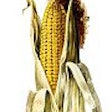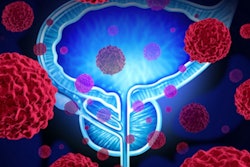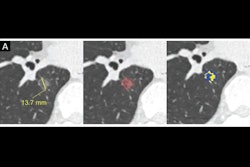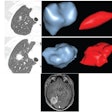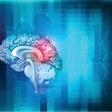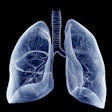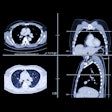More in Home
CBBCT features help identify LVI on breast cancer patients
February 14, 2025
New PET tracer developed for breast cancer
February 14, 2025
Public trust in medical AI use low
February 14, 2025
Pluvicto safe in patients with impaired kidneys
February 13, 2025
Lung lesion volume doubling times associated with survival metrics
February 13, 2025
fMRI reveals a brain circuit for creativity
February 13, 2025
DCR shows promise in patients with cystic fibrosis
February 13, 2025
Ultrasound rules out N2 disease in PET-negative lung cancer patients
February 12, 2025
AI model annotates pediatric AXR reports
February 12, 2025
Myosteatosis on preoperative chest CT suggests worse NSCLC survival
February 11, 2025
Hormonal effects influence BPE degree on CEM
February 11, 2025
